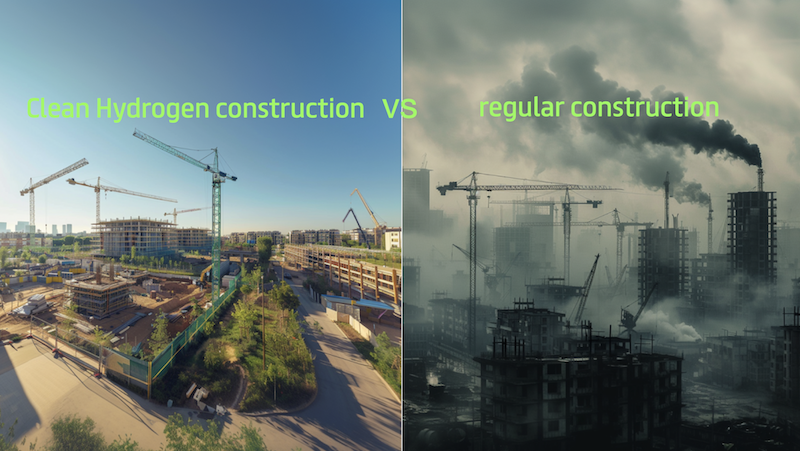As the nations of the world turn to hydrogen as part of the solution to staving off the worst impacts of climate change, the European Union is leading the charge, followed by many nations of Asia, with North America trailing behind in its embrace of the clean-burning fuel.
According to Hydrogen Insights, a report issued last month by the Hydrogen Council and McKinsey & Company, of the 228 large-scale industrial, transport and infrastructure hydrogen projects across the world more than half, 126, are projected to be located in Europe, while 46 are planned to be built in Asia, 24 in Oceania and only 19 in North America.
These projects represent a potential investment of $300 billion, the equivalent of 1.4% of global energy funding. The momentum for much of this potential investment in hydrogen is coming from nations whose governments have committed to meeting zero-carbon emission goals.
According to the report, “75 countries representing over half the world’s GDP have net-zero carbon ambitions and more than 30 have hydrogen-specific strategies.”
Last July, the EU Commission adopted the EU Hydrogen strategy, which calls for the adoption of technologies for the production and use of renewable or “green” hydrogen as a way to help the Continent meet its goal of achieving carbon neutrality by 2050.






